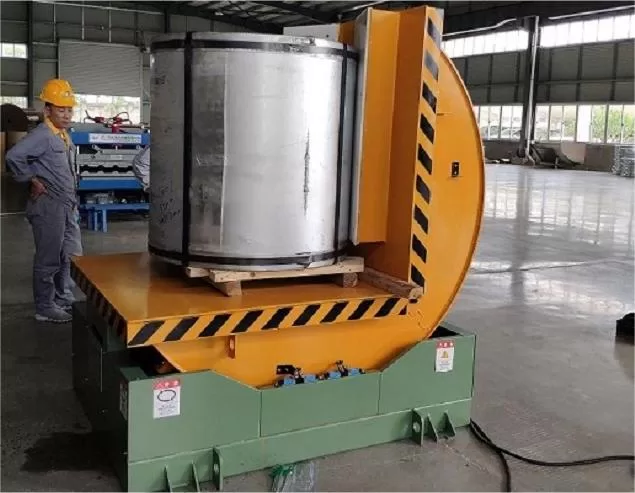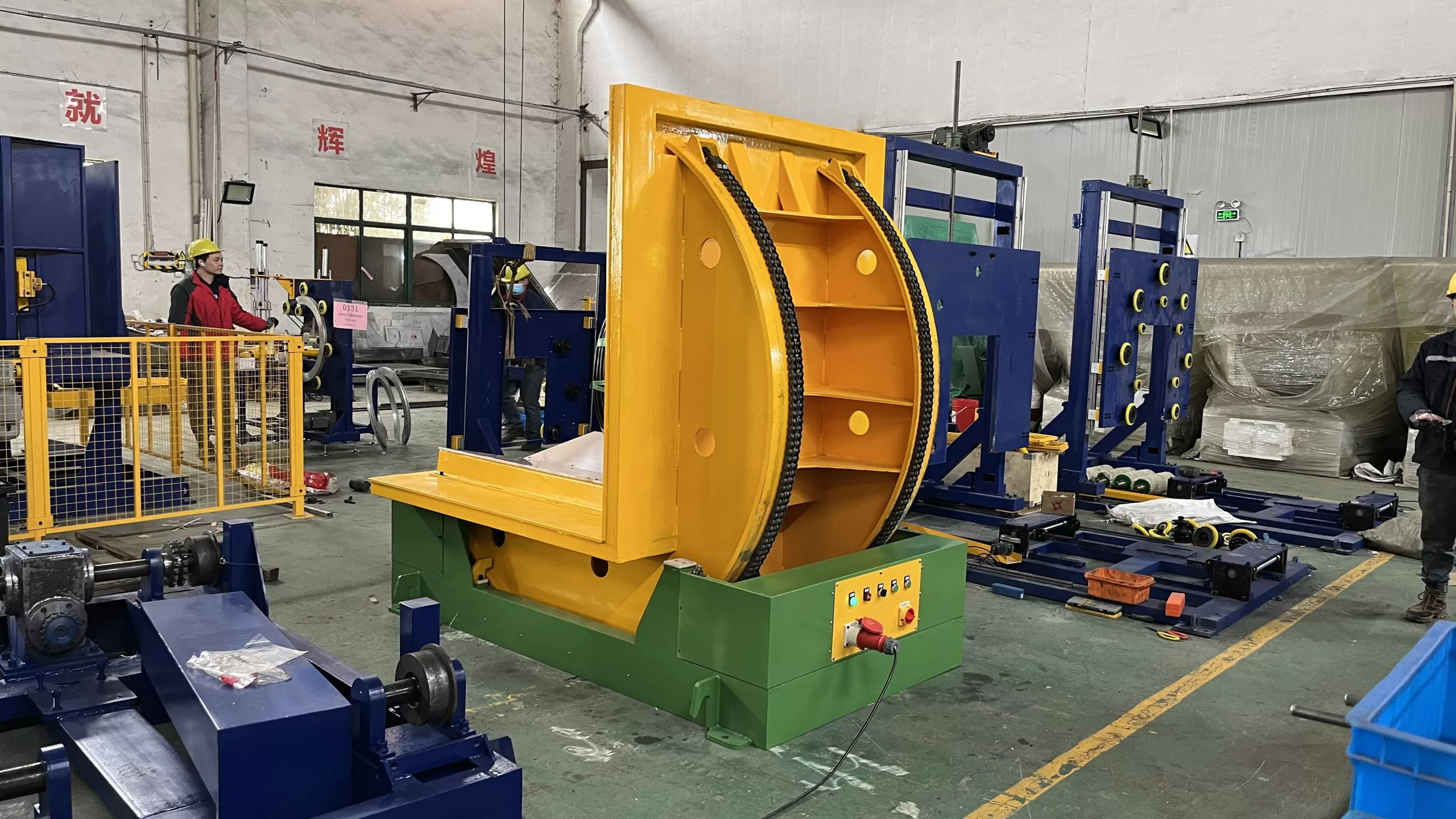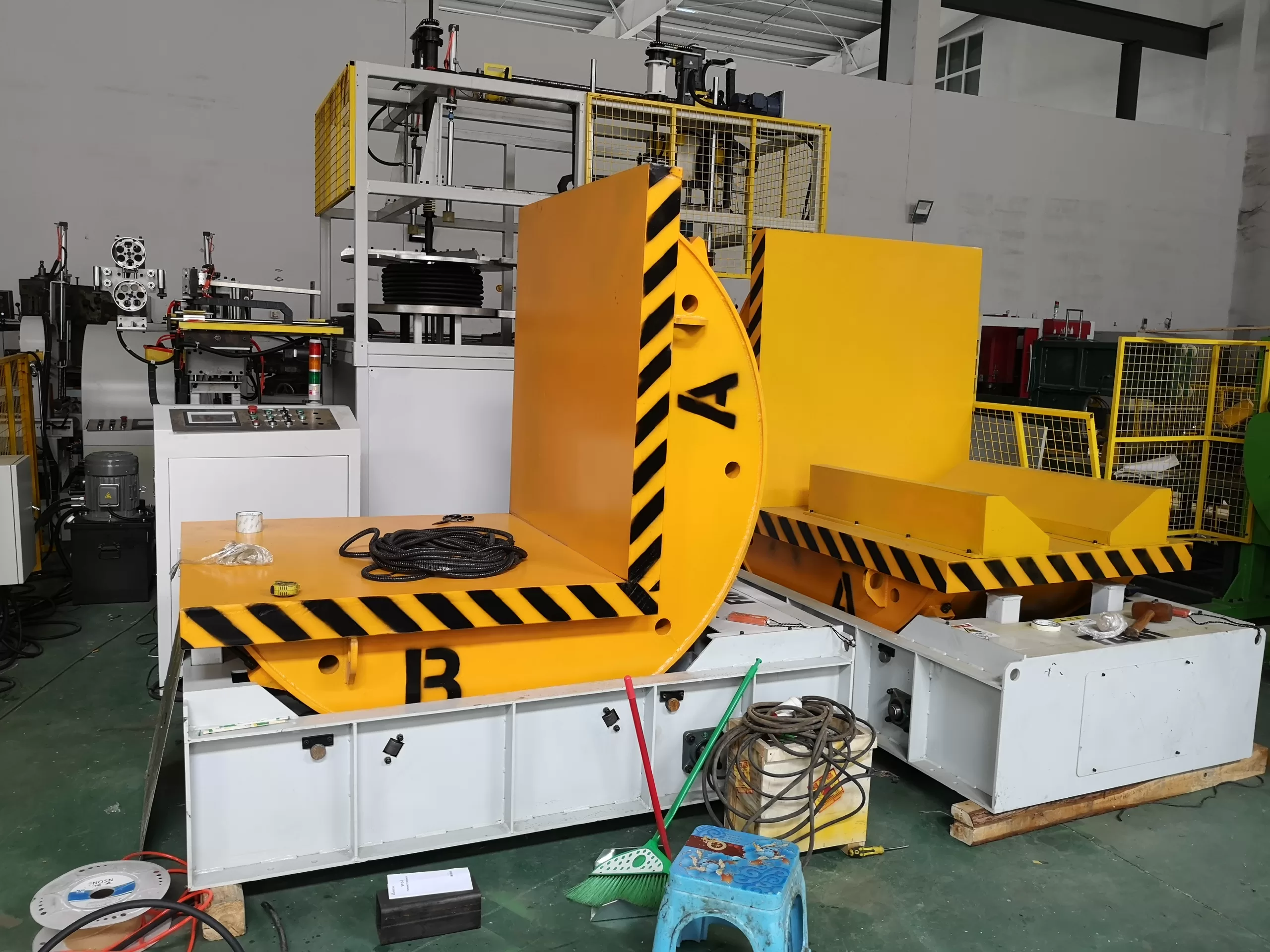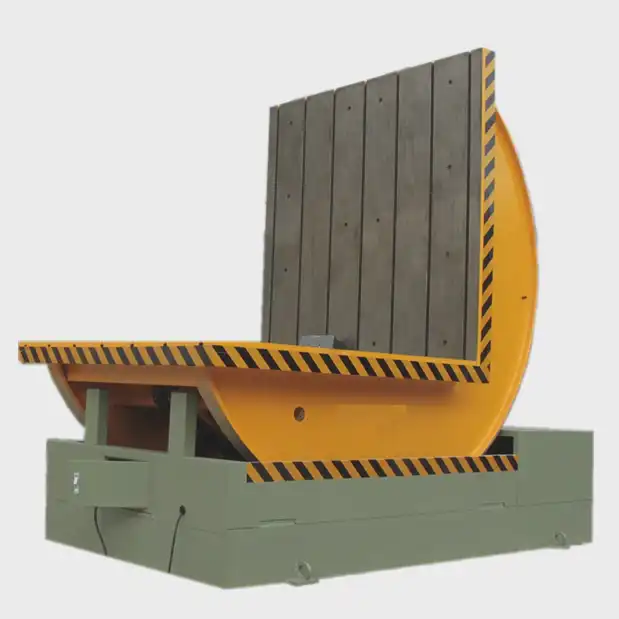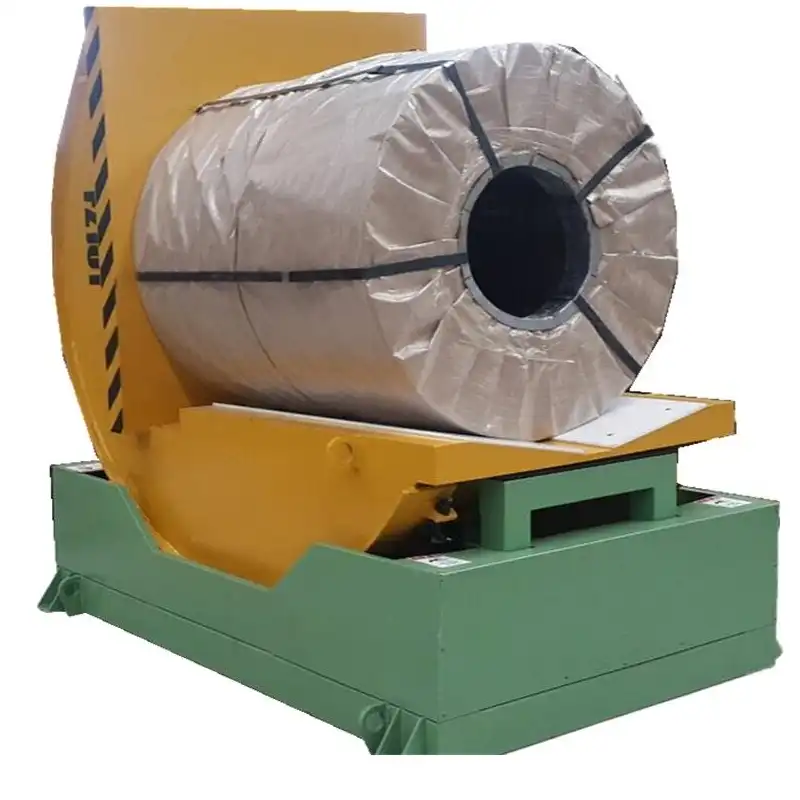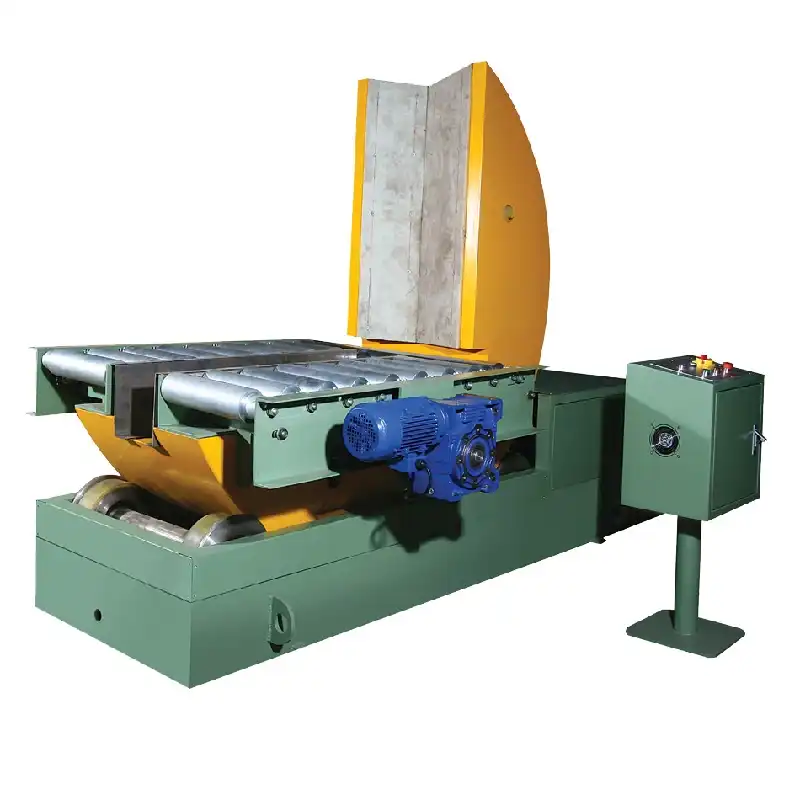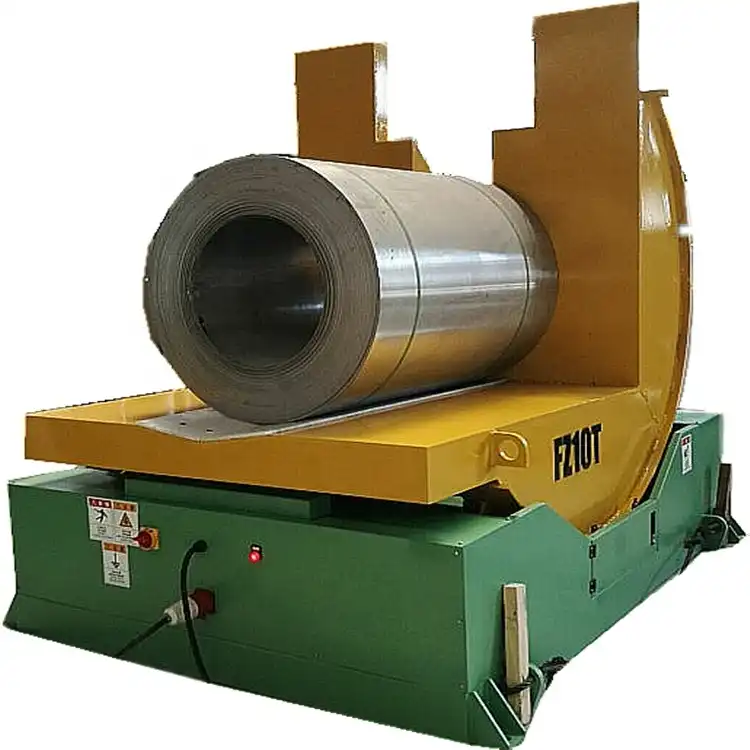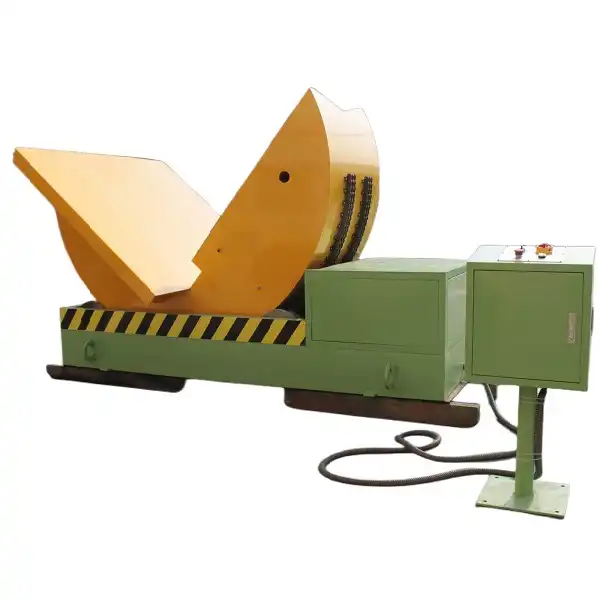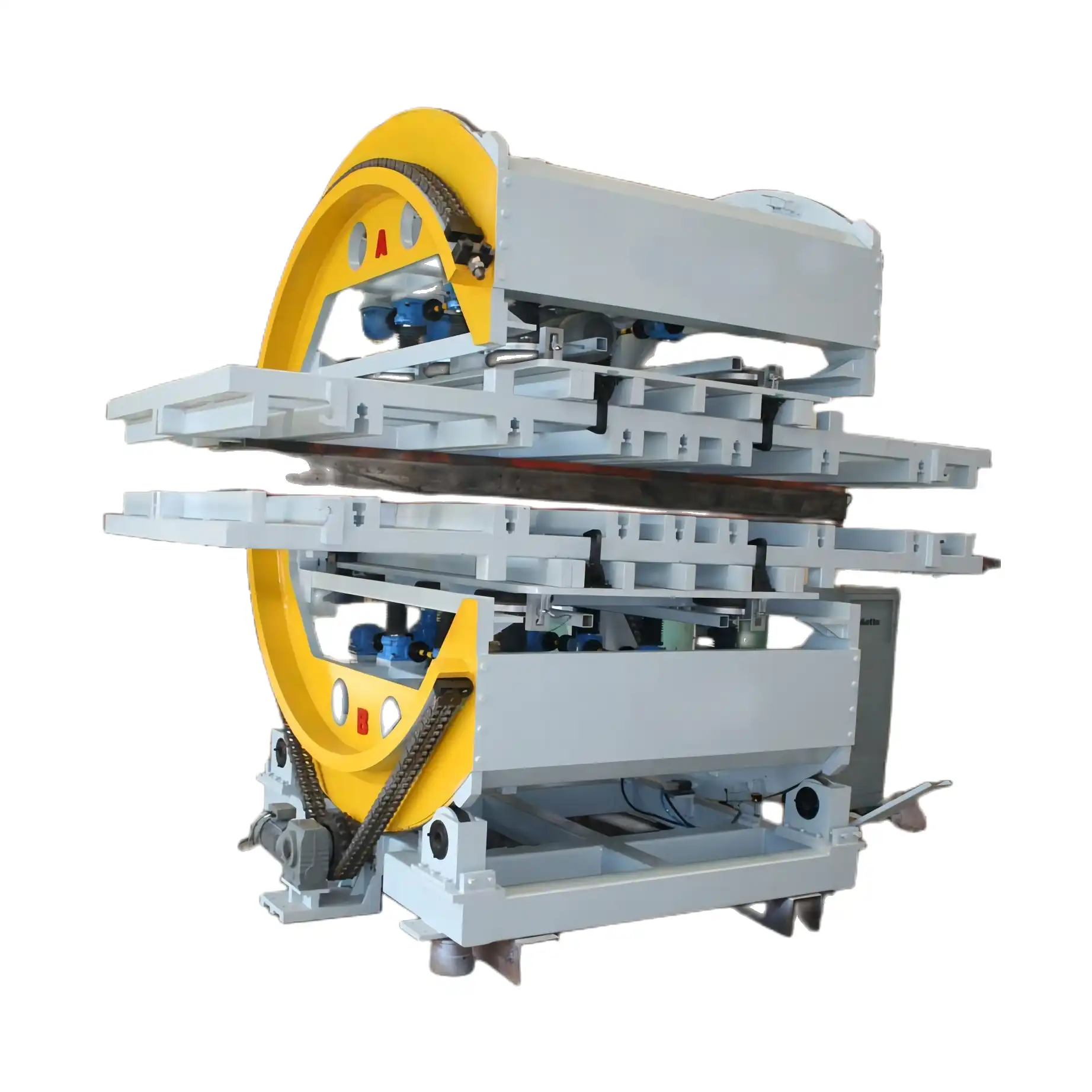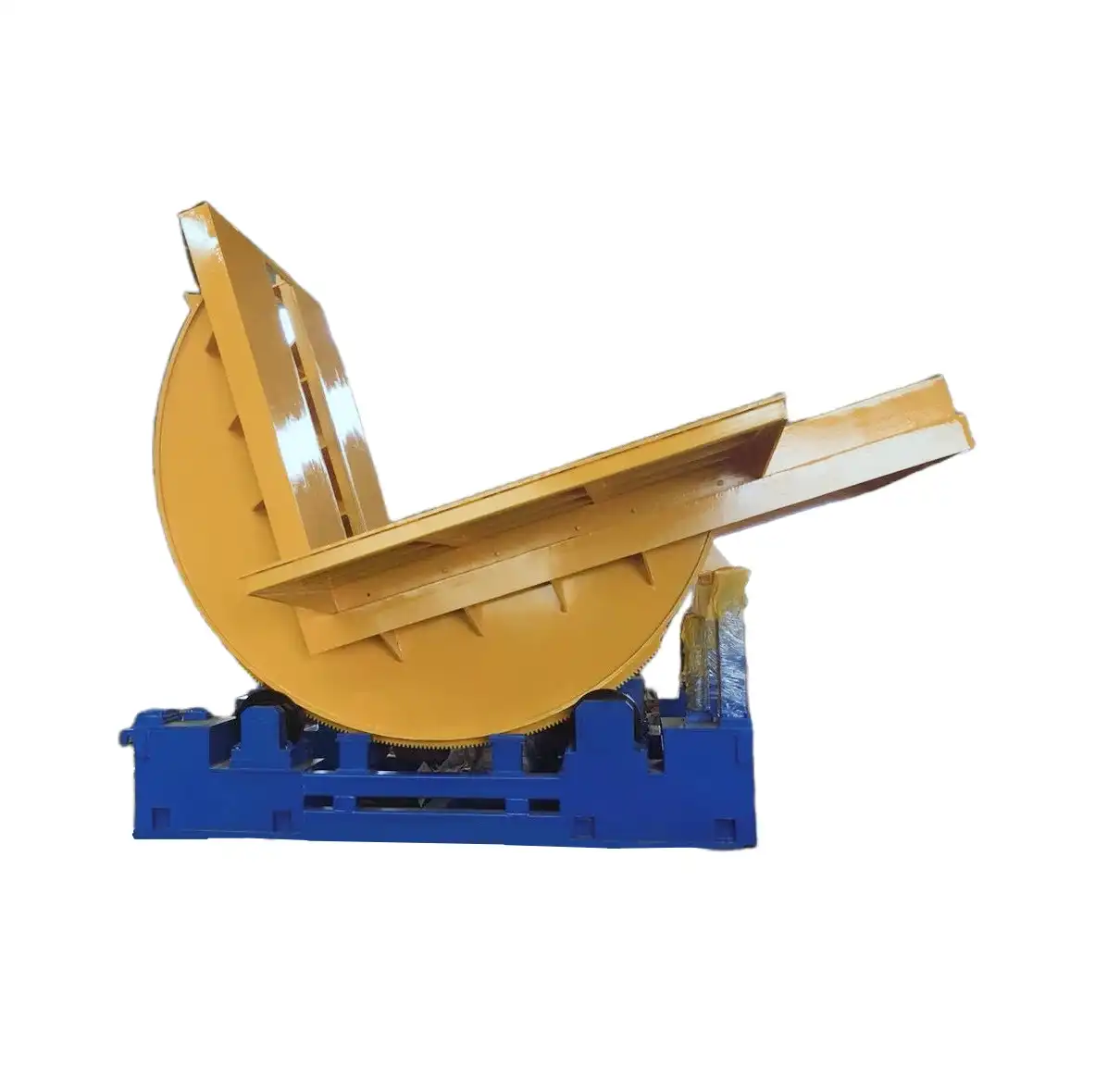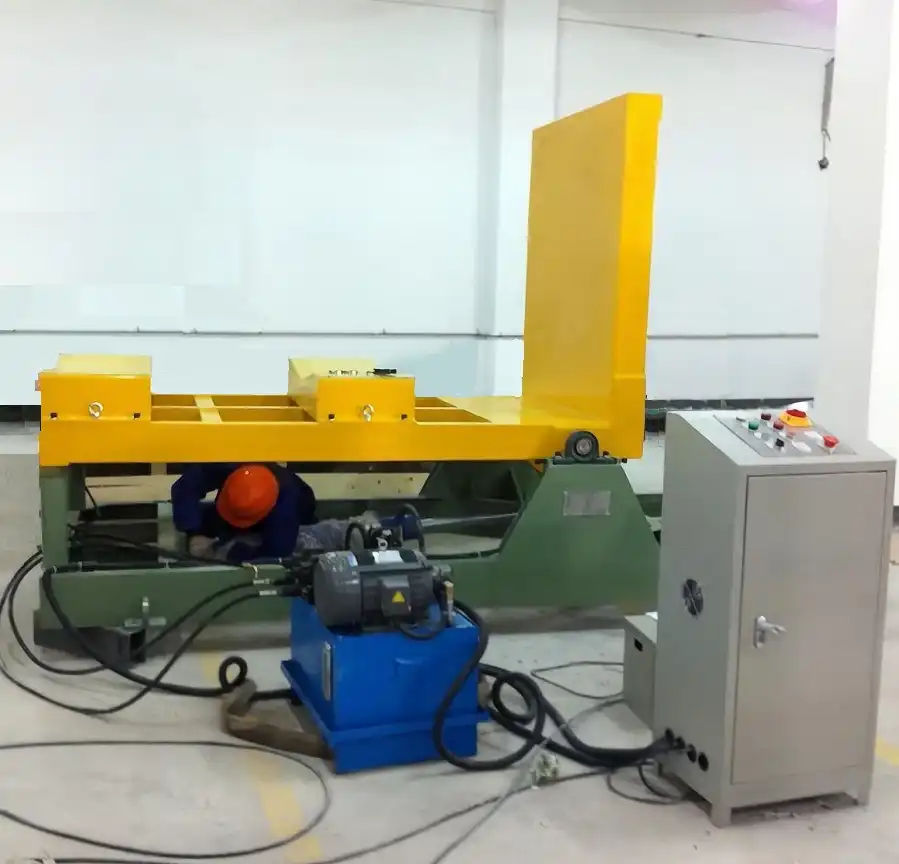Manual vs. Automatic Coil Upenders: Which Offers Better ROI?
In industries that handle large steel, aluminum, or other types of coils, the decision between manual and automatic coil upenders can have a significant impact on productivity, safety, and profitability. With the right coil handling solution, you can streamline operations, reduce the risk of injury, and enhance overall efficiency. However, choosing between manual coil upenders and automatic coil upenders can be tricky, especially when you consider long-term factors like maintenance, downtime, and return on investment (ROI).
In this article, we will explore the key differences between these two systems and examine which solution provides a better ROI for your business.
1. Understanding Manual Coil Upenders
Manual coil upenders rely on physical labor and mechanical leverage to rotate or tilt heavy coils from a horizontal to a vertical position (or vice versa). These machines require operator input and are typically less expensive than their automatic counterparts. However, they demand higher levels of manual intervention, making them better suited for smaller operations or those with limited capital to invest in fully automated systems.
Advantages of Manual Coil Upenders:
-
Lower initial costs: Manual machines are typically more affordable, which can make them an attractive option for smaller businesses or those with budget constraints.
-
Simplicity: The design of manual coil upenders is generally straightforward, with fewer components that need maintenance or repair.
-
Flexibility: Operators have more control over the machine's movement, which can be beneficial in environments where coil sizes vary.
2. Understanding Automatic Coil Upenders
Automatic coil upenders are equipped with motorized systems, often controlled by programmable logic controllers (PLC), allowing them to rotate coils with little to no operator intervention. These machines are designed for high-volume, fast-paced environments where efficiency, precision, and safety are critical. By automating the coil tilting process, businesses can reduce labor costs, improve throughput, and minimize the risk of workplace accidents.
Advantages of Automatic Coil Upenders:
-
Increased productivity: Automation significantly reduces the time it takes to rotate or tilt a coil, making it ideal for high-output environments.
-
Enhanced safety: With automated systems, workers are less exposed to the risks of handling heavy coils, reducing the likelihood of injury.
-
Consistency: Automation ensures that every coil is handled with the same precision, minimizing the risk of damage and ensuring uniformity across operations.
3. Cost Considerations: Initial Investment vs. Long-Term Savings
One of the most immediate differences between manual and automatic coil upenders is the initial investment. Manual upenders generally come with a much lower upfront cost, which can be appealing for businesses looking to manage their budget. However, the lower initial price may come at the expense of long-term operational efficiency and safety.
Automatic coil upenders, while more expensive upfront, often provide substantial long-term savings. By reducing labor costs and enhancing productivity, automatic machines can deliver a strong return on investment over time. In many cases, businesses that opt for automation see a reduction in downtime, fewer workplace injuries, and increased throughput, all of which contribute to a better ROI.
4. Labor Costs and Workforce Efficiency
Manual coil upenders rely heavily on skilled workers to perform the tasks of tilting and rotating heavy coils. This not only increases labor costs but can also introduce the risk of operator fatigue and injury. When you factor in training and the potential for human error, the costs associated with manual handling can quickly add up.
Automatic coil upenders, on the other hand, can dramatically reduce the need for manual labor. While an operator may still be required to oversee the process, the machine handles the heavy lifting, improving overall workforce efficiency. By minimizing human involvement, businesses can lower labor costs and free up employees to focus on higher-value tasks.
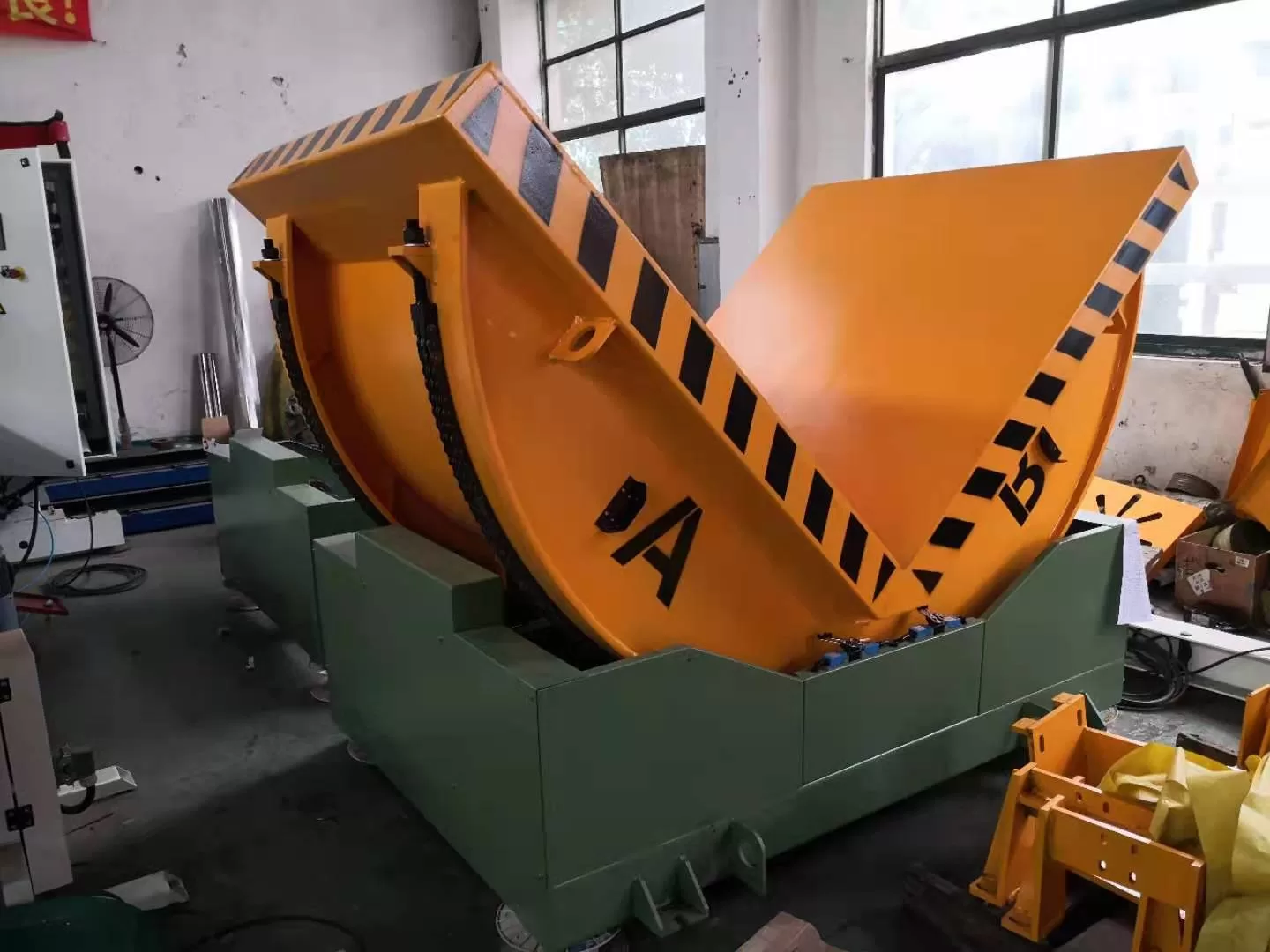
5. Safety and Risk Management
Safety is a top concern for any operation dealing with heavy materials like steel or aluminum coils. Manual handling of coils presents a number of risks, including the potential for worker injuries related to lifting, rotating, and transporting these massive materials. Accidents involving coil handling can lead to significant downtime, medical expenses, and even legal liabilities.
Automatic coil upenders offer a much safer alternative by removing workers from direct contact with the coils during handling. With features like automated controls, load sensors, and emergency stop functions, automatic machines provide a higher level of safety, reducing the likelihood of accidents. For businesses prioritizing a safe work environment, the added safety features of an automatic coil upender can deliver a long-term ROI by reducing injury-related costs and downtime.
6. Productivity and Throughput
Manual upenders are often slower than their automatic counterparts due to the need for operator involvement. This slower pace can result in reduced productivity, especially in facilities that handle large volumes of coils. Moreover, manual systems may introduce variability in the speed and consistency of operations, depending on the skill and stamina of the operator.
Automatic coil upenders, however, are designed to operate at high speeds with precision and consistency. They can significantly increase throughput, allowing businesses to process more coils in less time. This boost in productivity not only shortens lead times but also enhances customer satisfaction by ensuring timely deliveries. Over time, the increased productivity offered by automatic machines can lead to higher revenues and improved ROI.
7. Maintenance and Downtime
While manual coil upenders may have fewer parts, they often require more hands-on maintenance due to wear and tear from continuous manual operation. Over time, this can lead to increased downtime and repair costs, impacting overall productivity.
In contrast, automatic upenders are generally built with advanced systems that can handle higher levels of usage with minimal maintenance. Many automatic machines come with built-in diagnostics and predictive maintenance alerts, helping to reduce downtime and prolong the life of the equipment. Although the upfront cost for an automatic machine is higher, the reduced maintenance needs and extended lifespan often make it the more cost-effective choice in the long run.
8. Long-Term ROI: Which System Delivers More Value?
When it comes to determining which system offers the better ROI, it’s important to look beyond initial costs and focus on long-term benefits. While manual coil upenders might seem like the cheaper option at first, they often fall short in terms of productivity, safety, and labor costs.
On the other hand, automatic coil upenders provide a higher initial investment but quickly make up for it through reduced labor costs, improved safety, and increased throughput. In most cases, businesses that opt for automation see a return on their investment within a few years due to the cumulative savings and efficiency gains.
Conclusion
Choosing between a manual coil upender and an automatic coil upender ultimately depends on your business’s specific needs and priorities. If you are a smaller operation with limited throughput and budget constraints, a manual upender may serve your immediate needs. However, for businesses looking to maximize long-term savings, improve worker safety, and increase productivity, an automatic coil upender is typically the smarter choice.
By carefully weighing the upfront costs against the long-term benefits, you can make an informed decision that delivers the best possible ROI for your coil handling operations. In the long run, automation often proves to be the better investment, providing consistent results, fewer accidents, and a more efficient workflow that can keep your business competitive in today’s fast-paced industrial landscape.
